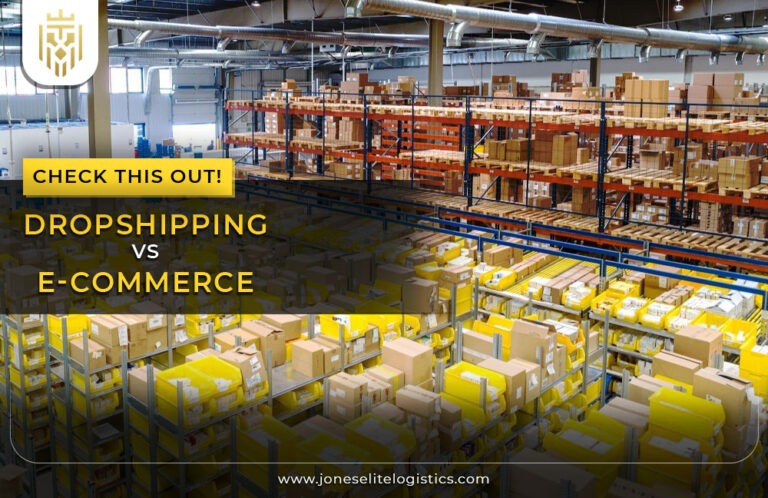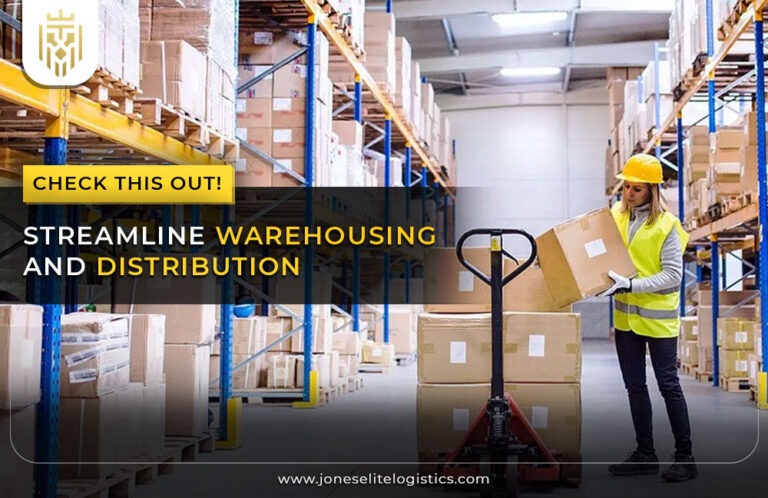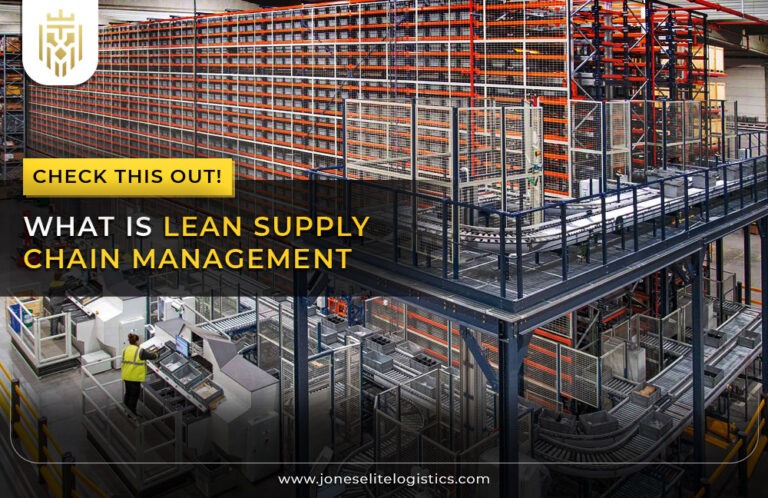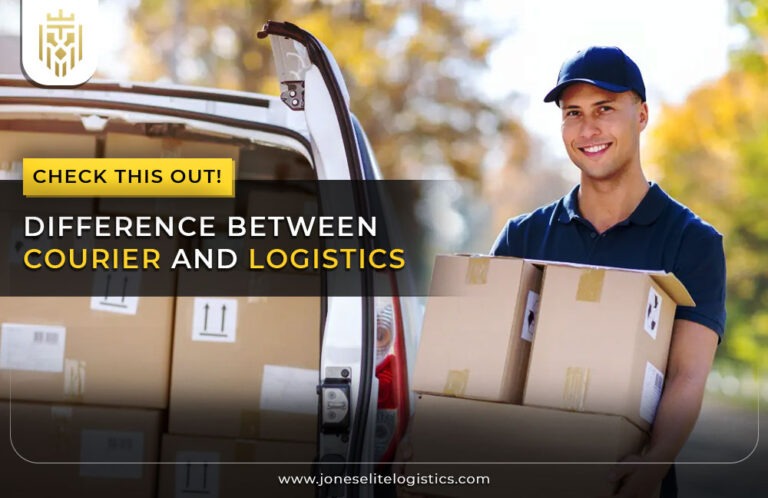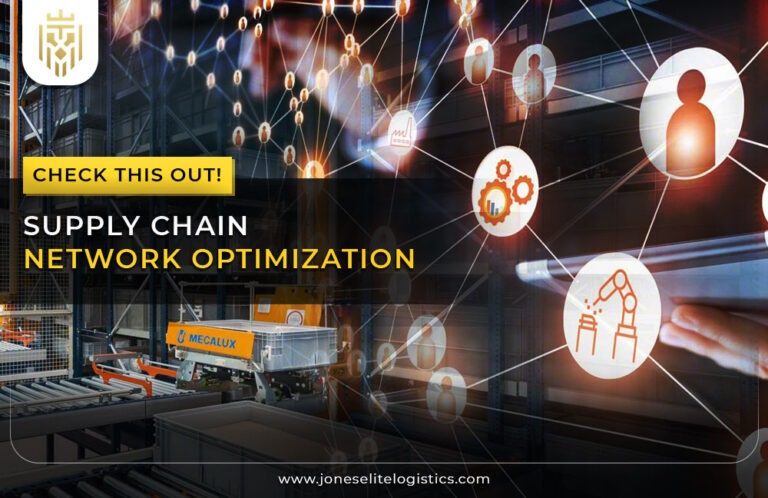Transport and Logistics:
Transport and logistics are the activities that include the planning, implementation, and control of the transfer and storage of goods, services, and information from the source to the destination. This industry is crucial for the smooth operation of global supply chains, thus, it ensures on-time delivery and the reduction of costs. The transport and logistics systems, if designed well and implemented correctly, improve customer satisfaction, boost economic productivity, and help businesses compete in the world market.
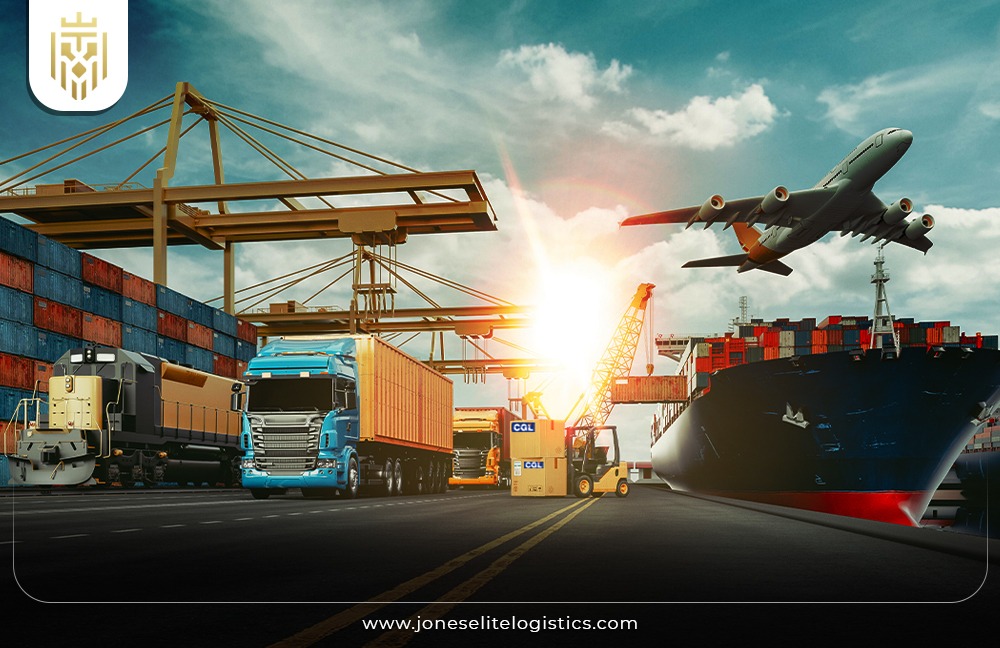
Difference Between Transport and Logistics:
Transport is the process of the physical transportation of goods from one place to another using several modes of transport like road, rail, air, sea, and pipeline. The whole logistics is a general term that includes such things as transport, warehousing, inventory management, order fulfillment and supply chain management. In a nut shell, transport is a part of logistics.
Similarities Between Transport and Logistics:
Both transport and logistics are trying to move the goods as efficiently and effectively as possible. They entail the organization and the coordination to be able to deliver on time and to satisfy the customer’s needs. Both are fields that need strong infrastructure, technology, and management systems to make routes, cut costs, and improve service quality. Collaboration and communication are the two main aspects that are needed in both aspects, to control the flow of goods and information.
Mode of Transport in Logistics:
The primary modes of transport in logistics are road, rail, air, maritime, and pipeline. Every mode of transport has its advantages and is chosen based on factors like cost, speed, distance, and the type of goods being transported.
Road and Truck Transport:
Road and truck transport is versatile as it can deliver the goods directly from door to door, making it the perfect choice for short to medium distances with the option to change the route. Trucks can transport different types of goods, from perishables to heavy machinery, which is a vital part of the logistics chain. They are the key to linking the remote areas to the major transport hubs and thus, guarantee the on-time and fast delivery. Road transport is adjustable to the changing schedules and routes.
Aeroplane Transport:
Air transport is the one that has the quickest delivery times, so it is the best for high-value or time-sensitive goods like pharmaceuticals and electronics. It is the best for long-distance and international shipments and it makes the products reach the global markets quickly. Even though the price of air transport is higher than the other modes, it has the unique advantage of being the fastest and most reliable which is very important for the industries that depend on just-in-time delivery systems.
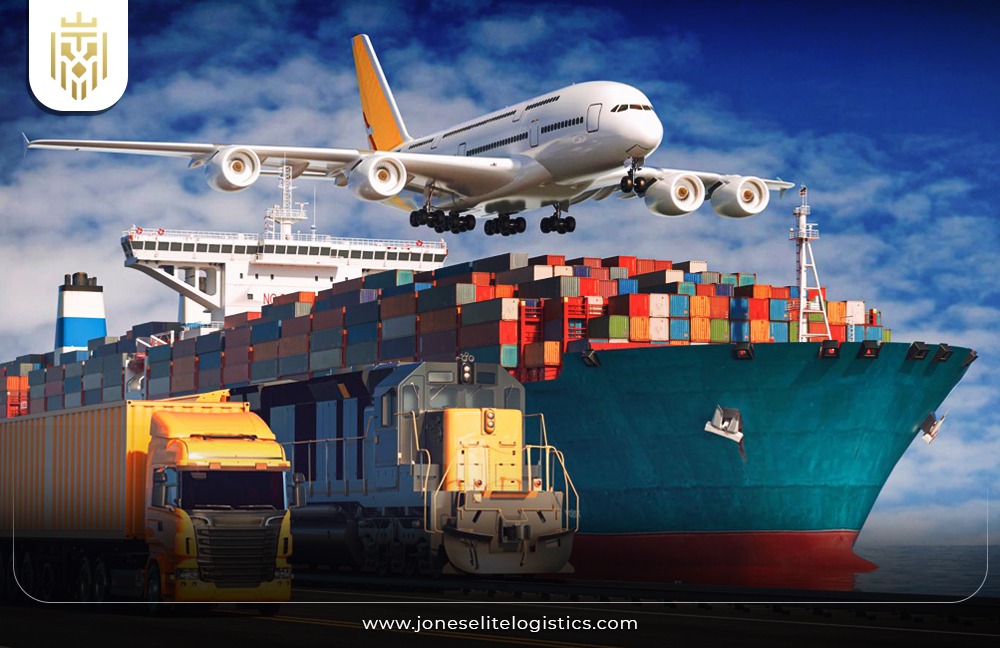
Rail Transport:
Railways are the backbone of the transport of commodities like coal, minerals, and agricultural products, connecting major industrial and commercial centers. The vast rail networks are the main supplier of stable and consistent service, which is perfect for large-volume shipments. Rail transport’s lower emissions and energy efficiency are the reasons why it is a sustainable solution for the logistics industry.
Maritime Transport:
Maritime transport is the mainstay of international trade, and it is responsible for the biggest volume of goods being transported worldwide. It is very cheap for moving heavy and bulky cargo, like raw materials and manufactured goods, over long distances. Ships can carry huge amounts over oceans, hence maritime transport is the key to the world’s supply chains.
Pipeline Transport:
Pipeline transport is a specialized system that transports liquids and gases like oil, natural gas, and water, which gives a continuous and efficient flow. This way, the frequency of loading and unloading is minimized, thus, the efficiency is increased. The pipelines are highly reliable and cost-efficient for the long-term, large-scale transport of these commodities. Their infrastructure is built in such a way that it guarantees a continuous supply of raw materials, which is important for industries that are dependent on such materials, thus securing energy and operational stability.

Role of Transportation in Logistics:
Transportation is the key element in logistics, which means it is responsible for the smooth and timely delivery of goods from the point of origin to the destination. It connects the suppliers, the manufacturers, and the consumers and, hence, assists the smooth flow of the products through the supply chain. Transportation strategies that are well-planned and executed, are the ones that make the delivery schedules, cut the costs, and improve customer satisfaction, which is the key to operational excellence and competitive advantage in logistics.
Transport Cost and Good Characters in Logistics:
The transport costs are very much related to the total logistics expenses, which directly influence the pricing and profitability. Logistics require a good combination of cost, service quality, reliability, and speed to be efficient. The main features of a good distribution service are on-time arrival, less damage, and the ability to adjust to demand changes. The transport costs go down while the service standards are kept at a high level, which in turn gives a competitive advantage and customer satisfaction in logistics operations.
Effect of Transport on Logistics Activities:
Transport is one of the major factors that affect logistics activities using the delivery times, inventory levels, and the whole supply chain efficiency. Reliable transport is a guarantee for timely deliveries, which, in turn, cuts down on inventory costs and stockouts. On the other hand, transportation delays or inefficiencies can cause a supply chain to be disrupted, which will result in higher costs and the lowering of customer satisfaction. The successful communication of transportation is the main reason why logistics operations are efficient.
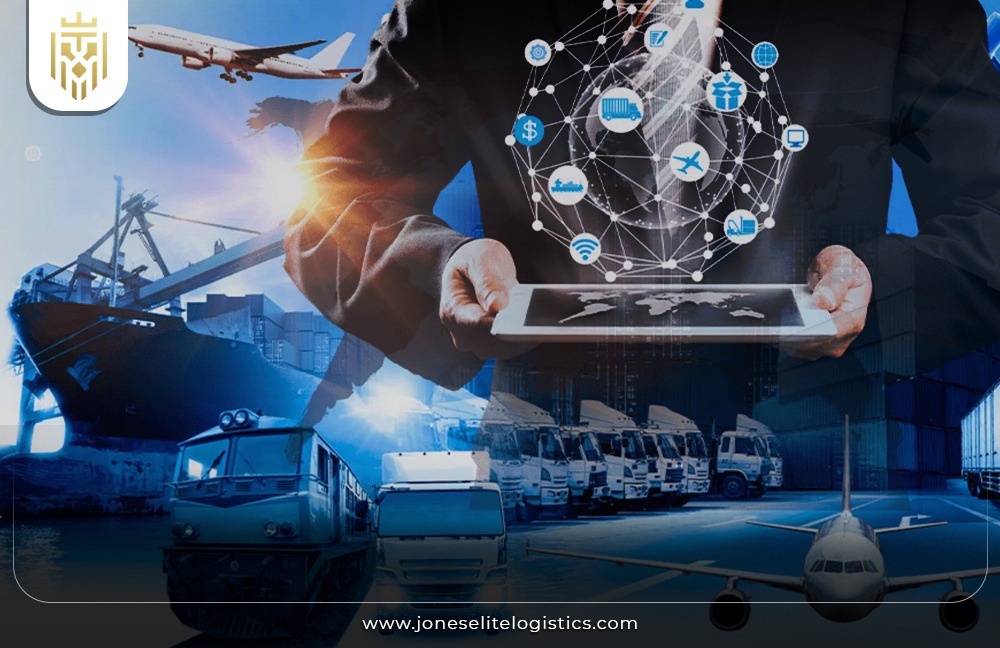
Cutting Edge Technology for Logistics and Transportation:
Technology is used to create new systems in logistics and transportation that are efficient, accurate, and flexible. Modifications like artificial intelligence, robotics, and advanced analytics enhance the efficiency of operations, make the decision-making process easier, and simplify the supply chains.
Artificial and Augmented Intelligence:
Artificial and Augmented Intelligence are the key factors of the logistics revolution that change the way of route planning, demand forecasting, and inventory management. AI algorithms study huge data sets for predictive insights, hence, bettering the decision-making process and efficiency. Augmented intelligence aids human operators by providing them with real-time data and analytics which in turn improves their abilities and reduces the chances of making errors, thus, leading to more efficient and timely logistics operations.
Warehouse Robotics:
Warehouse robotics are responsible for the automation of different tasks like picking, packing, sorting, and inventory management. These robots are the ones that boost the efficiency, accuracy, and speed in the warehouse operations. Warehouse robotics cut manual labor and operational costs which in turn improve productivity and scalability. They also make the workplace safer by taking care of the repetitive and hazardous tasks, thus, they are the backbone of the smooth and efficient logistics process.
Data Standards and Advanced Analytics:
Data standards and advanced analytics are the key elements for the improvement of logistics. Standardized data guarantees the uniformity and the compatibility of the systems and thus, the smooth transfer of information between them. Big data analytics uses advanced analytics to provide actionable insights, which in turn, helps in better decision-making, predictive maintenance, and demand forecasting. These technologies make logistics management more efficient, cost-effective, and service-oriented by allowing more informed and strategic decisions to be made.
FAQs
1)What is the role of transport in logistics
Transportation in logistics is the way of moving the goods from the source to the destination in a timely and efficient way. It is the link between suppliers, manufacturers, and consumers, thus, it enables the flow of products through the supply chain. Good transportation plans are effective in the following ways: they optimize the delivery schedules, they reduce costs, and they improve customer satisfaction, so they are necessary for operational excellence and a competitive advantage in logistics.
2)Difference between logistics and transportation
Transportation is all about the transfer of goods from one place to another by different means like road, rail, air, sea, and pipeline. Logistics, in contrast, is a wider concept, which comprises of transportation, warehousing, inventory management, order fulfillment, and supply chain management. In essence, transportation is a part of the bigger logistics system, which is to say, the logistics system is designed to make the entire supply chain work better.
3)What are the different types of logistics transportation
There are various types of logistics transportation, for instance, road (trucks), rail, air (airplanes), maritime (ships), and pipeline. Each mode offers unique advantages: The road is the means of transport for flexibility and door-to-door delivery, the rail for bulk goods over long distances, the air for speed, the maritime for large volumes and heavy cargo, and the pipeline for continuous transport of liquids and gases.

